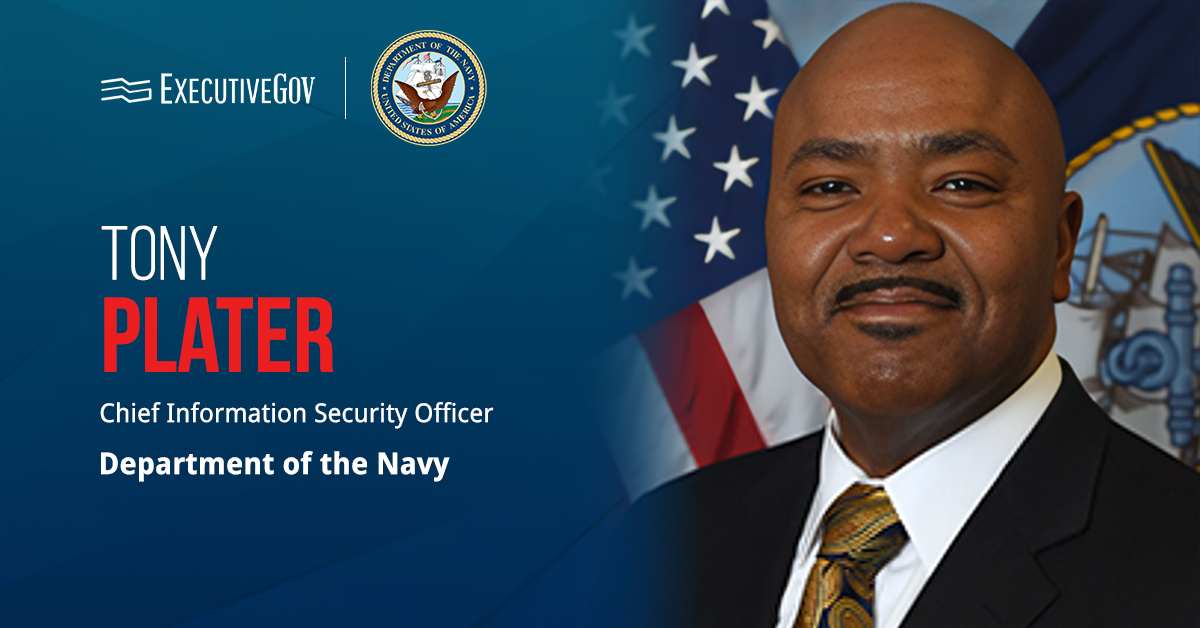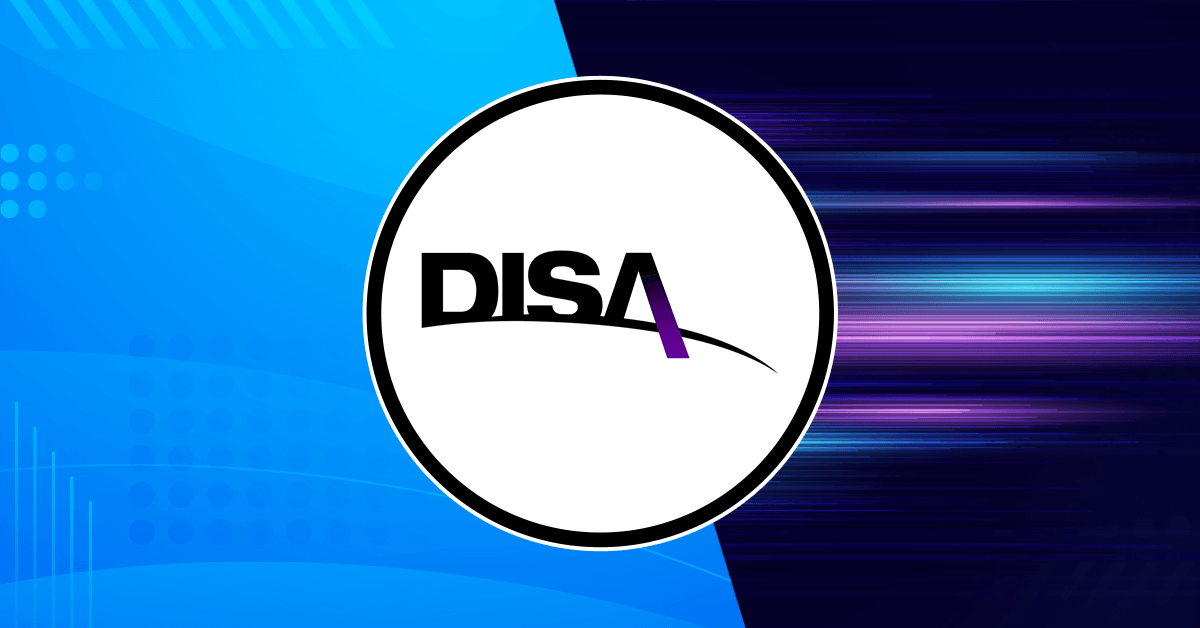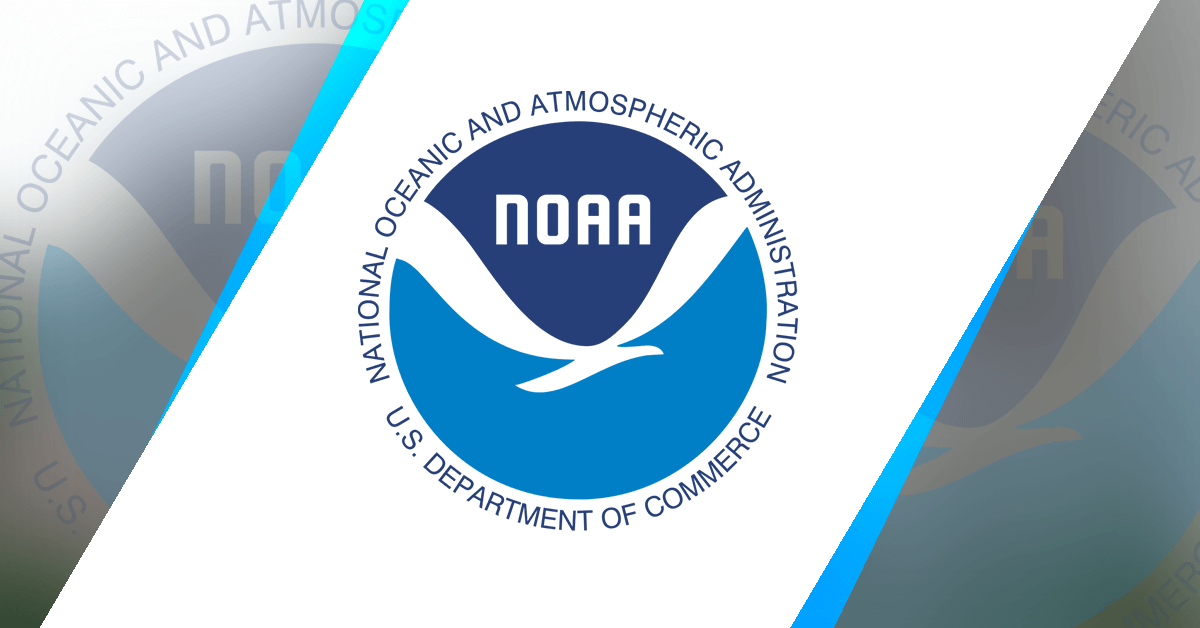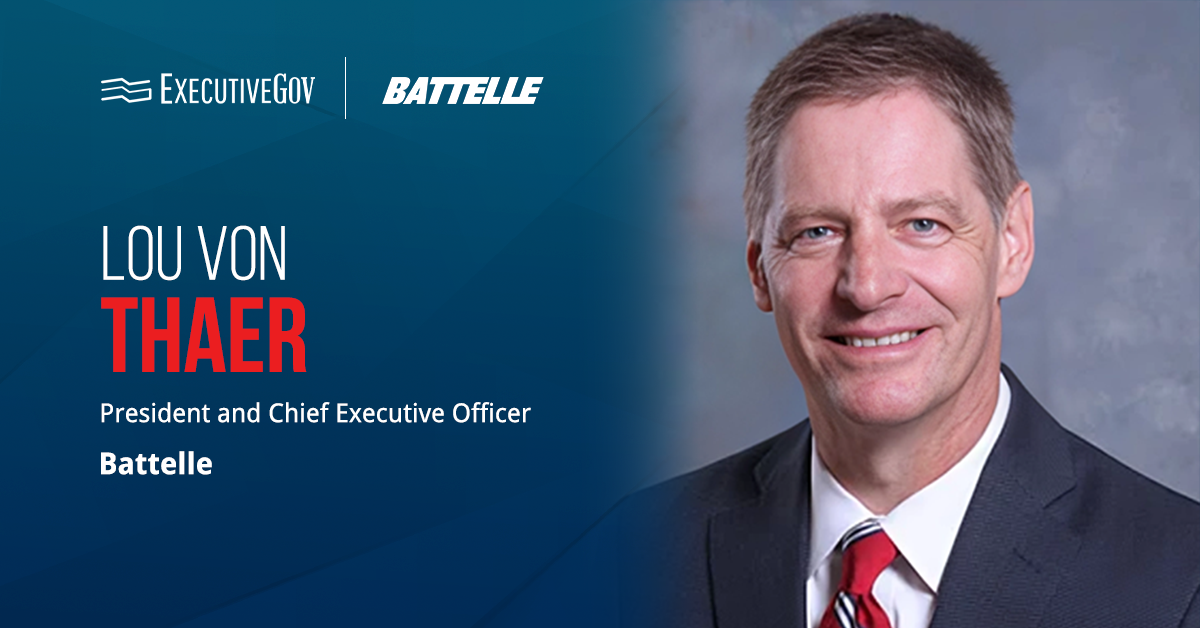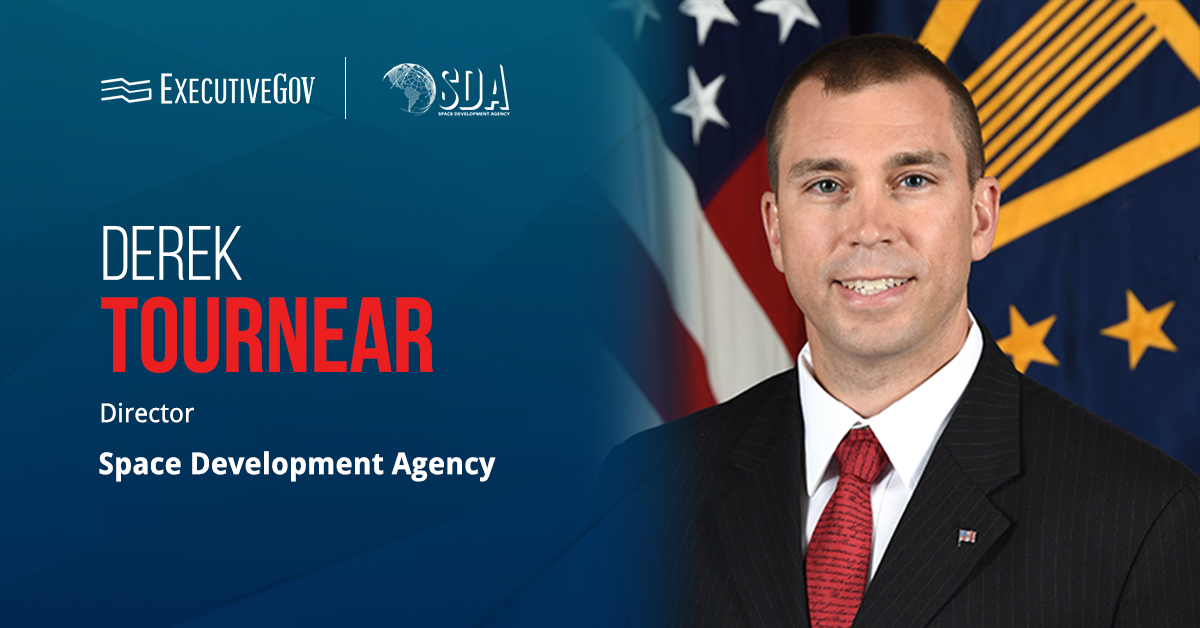Alvin “Tony” Plater, the Department of the Navy’s chief information security officer, has retired from federal service after nearly a decade at DON.
In a LinkedIn post announcing his retirement, he expressed gratitude for the opportunities and challenges that have shaped his career and said that he was honored to receive the Meritorious Civilian Service award for outstanding service.
“This recognition is a testament to the dedication and support of the DON CIO Leadership team, my DON CISO team, service CISOs, colleagues, and mentors,” Plater added.
Plater also announced that he will be joining industry and will disclose details of his move soon.
Tony Plater’s Career Background
As CISO, Plater assessed the impacts, implications and sufficiency of proposed changes to cybersecurity strategies, guidance and standards. He also advised the DON chief information officer on enterprise-level IT security initiatives, cybersecurity innovation and commercial cloud security.
In November 2015, he joined DON as a senior adviser to the department’s CIO.
Before joining government service, the retired U.S. Army IT professional spent more than a decade at Booz Allen Hamilton, where he served as a senior lead technologist focused on providing cybersecurity policy and program support for senior leadership within the Navy and the Department of Defense.
His military career included leadership assignments with Joint Staff J4, U.S. Special Operations Command, U.S. Central Command and the 501st Military Intelligence Brigade.
Plater also holds multiple industry certifications, including Program Management Professional, Certified Information Security Manager, Certified Information System Security and EC-Council Certified Ethical Hacker.


